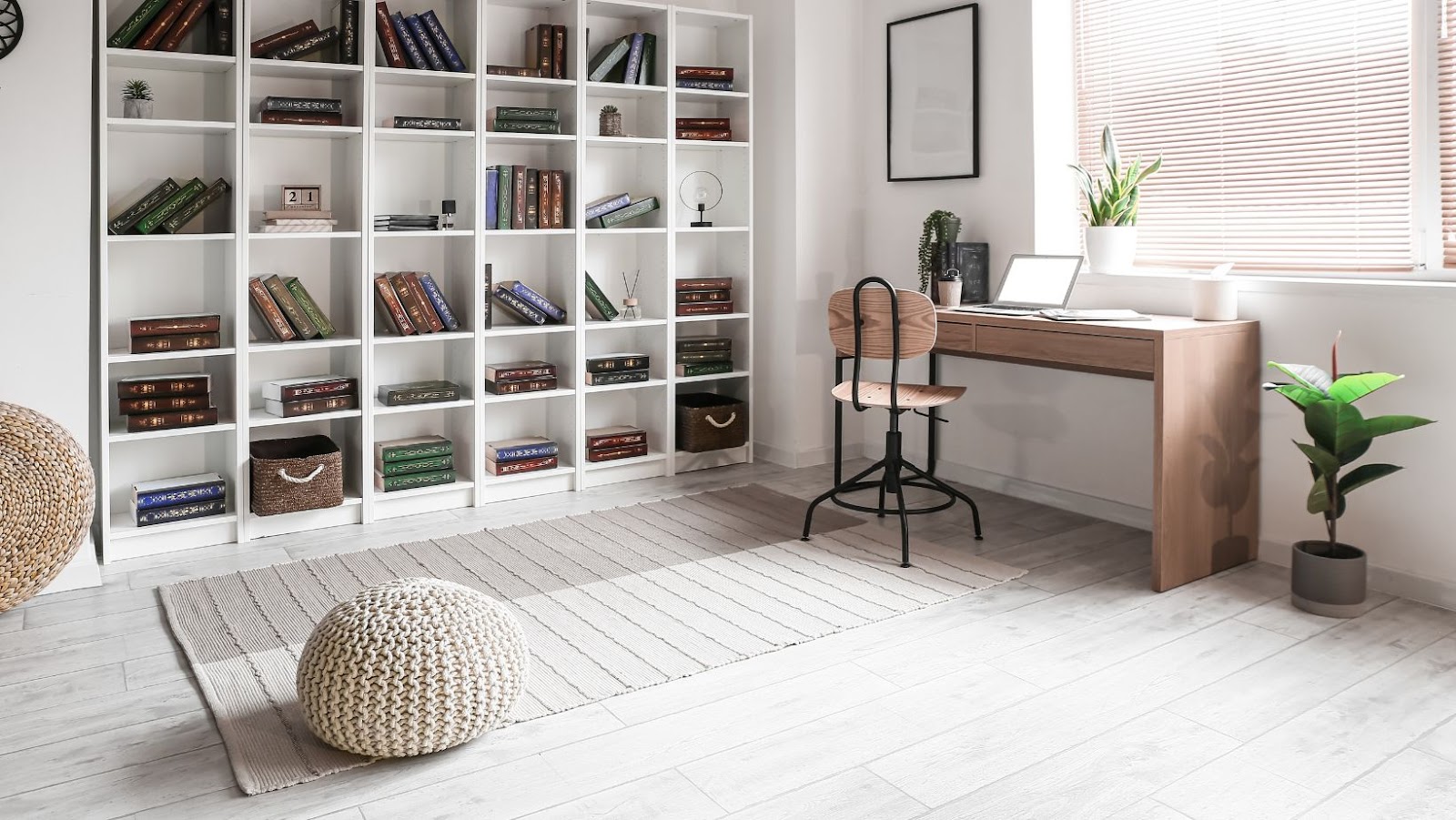Home design books serve as vital sources for both novice decorators and seasoned interior designers. They cover a wide range of topics, from practical DIY projects to comprehensive architectural trends. Each book often includes stunning visual content and step-by-step guides, making complex design concepts accessible.
These resources offer solutions for diverse design challenges. For instance, they provide creative strategies for maximizing small spaces, selecting sustainable materials, and incorporating technology into home setups. By exploring various styles like minimalist, eclectic, and traditional, readers gain a comprehensive understanding of distinct design aesthetics.
Expert authors often contribute to these books, sharing insights based on years of industry experience. Readers benefit from expert tips on enhancing every room, from kitchens and living areas to bathrooms and outdoor spaces. Moreover, home design books frequently feature case studies showcasing successful transformations, inspiring readers to apply innovative ideas to their projects.
Home design books act as pivotal resources that fuel creativity and enhance interior spaces. They provide in-depth knowledge and practical guidance for designing personalized environments.
These books unlock a treasure trove of innovative ideas by showcasing diverse styles, such as Scandinavian and bohemian. Readers draw inspiration from expertly curated visuals and descriptive text. They tap into imaginative concepts, stimulating novel designs that break conventional boundaries. With inspirational case studies, readers see real-life examples of how creativity transforms spaces into unique reflections of personal style.
Visually striking content elevates aesthetic appreciation. Home design books focus on key design elements, like balance, contrast, and harmony. They guide readers in integrating textures, selecting color palettes, and arranging furniture to achieve visually pleasing layouts. By following expert advice, individuals can refine their homes’ aesthetics, creating environments that blend beauty with functionality.
 Top Home Design Books To Consider
Top Home Design Books To Consider
Home design books bring a wealth of knowledge and inspiration to enthusiasts and professionals alike. They capture timeless principles and modern innovations in interior design.
Classic design books remain invaluable for their enduring appeal. “The Decoration of Houses” by Edith Wharton and Ogden Codman Jr. provides a comprehensive guide to classical design elements. Wharton’s insights into symmetry and proportion offer foundational knowledge. “Architectural Digest: Autobiography of a Magazine 1920–2020” encapsulates a century of influential interiors, showcasing the evolution of design through exquisite photography and commentary.
Books on modern trends highlight the dynamic nature of design today. “Styled” by Emily Henderson teaches readers how to master the art of styling and personalization in a contemporary context. Henderson’s practical tips guide the creation of spaces that feel both modern and intimate. “Kinfolk Home” by Nathan Williams explores the minimalist movement, featuring homes focused on simplicity and functionality. Williams’s focus on curated living spaces provides readers with ideas for embracing minimalism without sacrificing comfort.
 Factors To Consider When Choosing A Home Design Book
Factors To Consider When Choosing A Home Design Book
Selecting the right home design book involves evaluating several key elements that cater to personal style and design needs. Considering these factors ensures the resource aligns with the reader’s goals.
Books with eye-catching visuals enhance the reading experience and inspire creativity. High-quality images, such as photographs or illustrations, should vividly portray a diverse range of styles and ideas. Readers benefit from books with curated layouts that effectively demonstrate design concepts in practice. Visual appeal sets the tone and conveys design elements, making it easier for readers to envision changes in their own spaces.
Effective home design books provide actionable advice to help readers implement design principles. Practical guidance often includes step-by-step instructions, enabling readers to replicate techniques in their homes. Books with DIY projects and detailed guides contribute additional value, offering solutions to common design challenges. This hands-on approach ensures readers not only understand design concepts but also apply them successfully.
Home design books are invaluable tools for anyone looking to transform their living spaces with creativity and style. They offer a wealth of knowledge, from foundational design principles to the latest trends, catering to various tastes and preferences. These books inspire readers to personalize their environments, making them not just aesthetically pleasing but also reflective of individual personalities. With expert insights and practical guidance, home design books empower both novices and seasoned designers to tackle design challenges confidently. By exploring these resources, readers can enhance their design skills and create harmonious and inviting spaces that truly feel like home.